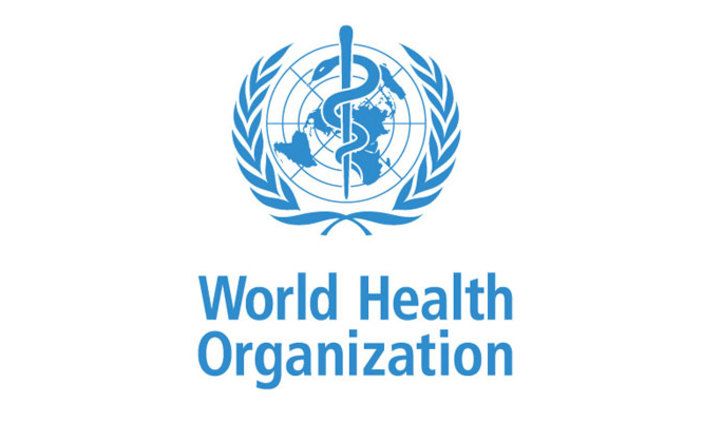Study Shows Shorter TB Treatment for Kids is Noninferior; WHO Updates Guidance
The World Health Organization updated its guidelines for the treatment of nonsevere tuberculosis in children after a study showed a four-month duration was noninferior to six months.

A shorter duration of treatment was sufficient to treat children with nonsevere tuberculosis in Africa and India, a new study found, leading the World Health Organization to update its guidelines for tuberculosis (TB) treatment.
Investigators at the Medical Research Council Clinical Trials Unit at University College London set out to examine whether treatment times could be reduced for children with less severe forms of tuberculosis, which account for about two-thirds of cases among children. Until now, treatment of children with TB has been based on adult trials.
The study, published in the New England Journal of Medicine, included 1204 children younger than 16 with nonsevere tuberculosis at five sites in Uganda, Zambia, South Africa and India between July 2016 and July 2018. They were randomized to two groups to receive either 4 months or 6 months of standard antituberculosis treatment.
“Around 1 in 10 children were children living with HIV,” study author Anna Turkova, MRCPCH, of University College London, told Contagion. “We used WHO recommended doses and new at the time fixed-dose combined formulations for children.”
The four-month regimen was found to be noninferior to the six-month course for children with nonsevere, drug-susceptible, smear-negative tuberculosis, according to the study, which was named the SHINE trial.
“This means around two-thirds of children diagnosed with TB could be safely and effectively treated with 4 months of treatment rather than 6 months,” Turkova said. “Reducing children’s treatment by two months could make treatment easier for children and caregivers, as well as reduce costs to patients and the health system. The cost savings can be used to improve screening, TB case finding and coverage with TB prevention treatment.”
The treatment included eight weeks of the isoniazid, rifampicin and pyrazinamide, with ethambutol included in some countries, followed by either 16 weeks or eight weeks of isoniazid and rifampicin. The study participants were followed for 72 weeks, and the primary outcome was unfavorable status by that time, defined as a composite of events including treatment failure, treatment extension, drug change or restart, and tuberculosis recurrence.
“We had exceptional adherence: 94% among those who was expected attended the final 72 week visit and 95% received the allocated duration of treatment,” Turkova said. “Children did very well in both arms, we had low numbers of unfavourable outcomes.”
About 3% of participants in both groups had unfavorable outcomes, including 16 in the four-month group and 18 in the six-month group. Death from any cause was reported among seven in the four-month group and 12 in the six-month group, and treatment failure was reported among 9 and 5 participants, respectively.
Tuberculosis kills an estimated 205,000 children out of more than a million who contract the disease each year, the study authors noted.
“It is estimated that nearly one quarter of children with TB die, but the vast majority (90%) die because they are not diagnosed and started on treatment,” principal investigator Diana Gibb, MD, a pediatrician and professor of epidemiology at University College London said in a statement. “A shorter treatment for children with non-severe TB allows savings of on average $17 (£12) per child, which can be used to improve the screening coverage and find the missing children with TB.”
World health leaders have updated guidance on treatment along with advice on interpreting chest X-rays to diagnose nonsevere TB.
“The next step is to work on implementation of the short regimen for children with non-severe TB in practice,” Turkova told Contagion. “The WHO Operational Handbook, which accompanies the new WHO Guidelines on Management of TB in Children and Adolescents gives practical guidance for different type of settings. The Diagnostic CXR Atlas for Tuberculosis in Children, which was launched (March 24) by the International Union Against Tuberculosis and Lung Disease, illustrates the CXR changes that could be seen in children with TB and highlights the features of nonsevere TB.
“Further implementation work is required to see if the four-month regimen can be used regardless of the respiratory samples results, i.e. for all children with suspected TB based on their clinical presentation with nonsevere disease with or without chest X-ray. Research is needed on artificial intelligence programmes or computer-assisted detection (CAD) of chest X-ray changes associated with TB - to make recognition of TB (and non-severe TB) easier for health care workers.”
